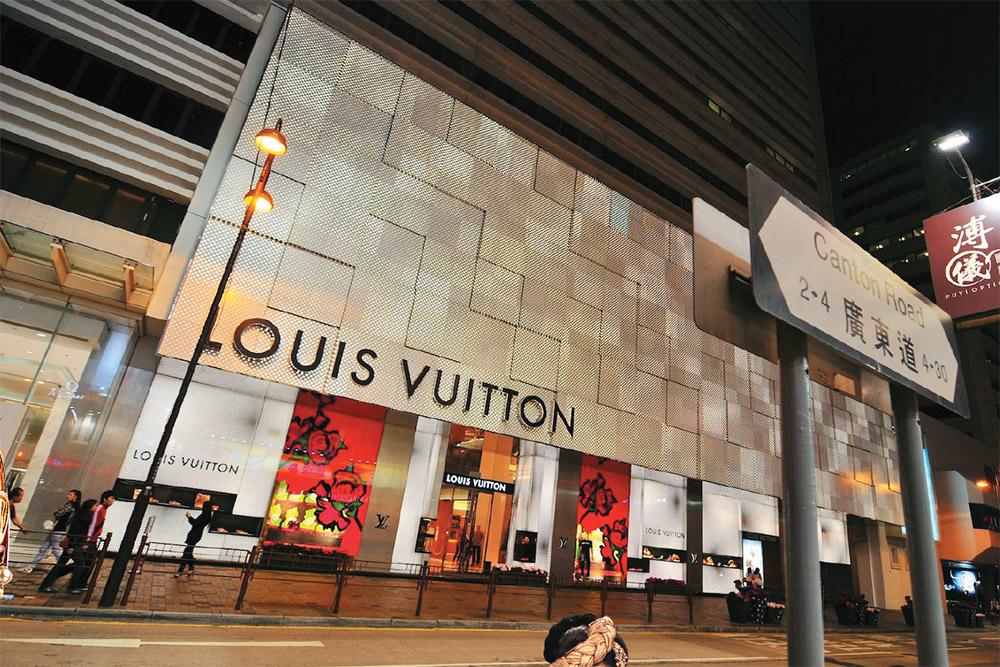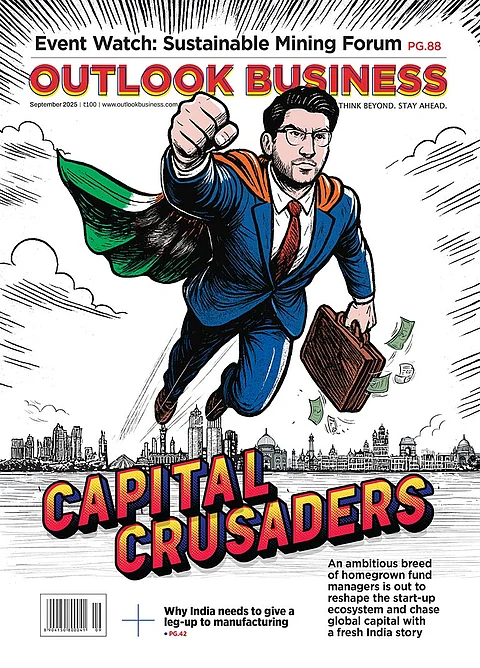Some years back, two friends got together to start a bespoke couture business with a petty investment that wouldn’t cover a driver’s salary today. Though they continue to revel in their anonymity, they spend their working day measuring up their famously discreet clients at a farmhouse in Chhatarpur, New Delhi, for one-of-a-kind heritage clothes. And the very rich, far removed from the stranglehold of brands, pay extraordinary sums of money for clothes that, no doubt, they will wear just once, but can be assured of both confidentiality as well as exclusivity, something mass luxury brands arguably no longer offer.
Even as made-to-measure, offered by most fashion brands, becomes popular in India, the country’s rich are beginning to wonder what constitutes luxury? According to the dictionaries, luxury is something that “is inessential but conducive to pleasure”, “an indulgence rather than a necessity”, but also something that may be “rare and expensive”. There’s no gainsaying that luxury goods were once the privilege of a select clientele — the jade cups that Chinese emperors cherished, the jamewars of India that were coveted throughout Europe, the Fabergé eggs of Russia, Bohemian crystal, or rare gemstones — embodying the finest that could be afforded by a very few.
Luxury brands were conceived from this platform, though the idea received a boost when the Japanese economy powered their rush in the 1970s, fuelling an appetite for bags and shoes, watches and clothes, automobiles and yachts, leading to aggressive expansions to wherever there were opportunities for aspirational markets around the world. As brands pushed their benchmarks, they also bargained away the one factor that made luxury indispensable — their exclusivity. With the arrival of mass luxury in today’s environment, a kid fresh off the block on a first job can walk into a Louis Vuitton store and out with an entry level bag, entering the spiffy world of millionaires and billionaires. While this means that more luxury bags (as an example) are being sold than ever before, does it truly connote luxury, or is it merely the triumph of a brand’s appeal and marketability?
Patrons of luxury began to question the premise of mass luxury a decade ago as markets in China, Brazil, West Asia, and now India, have taken the wind out of their sails. India’s well-entrenched bespoke tradition, alas, fell victim to the arrival of the luxury brands and from master-cutters at tailoring establishments to embroiderers and master handcraftsmen all but disappeared. With few exceptions, the made-to-measure shoe business closed its shutters. The karigars who made jewellery for families, or embellished their clothes, in a relationship that went back generations, relinquished it for a globalised market.
It is ironical, therefore, that true luxury — a much-bandied term for anything expensive — should be held hostage to global practices of brand merchandise. Technology has rendered most things considered luxury redundant — so a watch-movement (unless it is hand-crafted), or a garment silhouette (unless it is a drape), or an automobile engine (the most you can say about a car these days is that it is distinctive for its shape, or seats, or dashboard) — so in the sameness of products, it is to the old-fashioned, handmade way of things that billionaire clients are turning. Not brands, but family traditions that have survived, a passion for designing so each piece, or ware, becomes unique.
How has India fared in all this? Analysts agree that the luxury brand market is still at the tip of its iceberg in the country. Which means that this decade alone will see an explosion of stores and brands across what were once considered conservative markets such as Chennai, or tier 2 cities such as Indore, even as they entrench themselves deeper in Mumbai, Delhi and Bengaluru. Even as luxury democratises and offers up the one thing that distinguished it — distinction from other people — it is resorting to a identicalness that mocks its very existence. For as someone wise admitted, “What one generation sees as a luxury, the next sees as a necessity.”
—The author is a Delhi-based writer and curator












 Just one email a week
Just one email a week